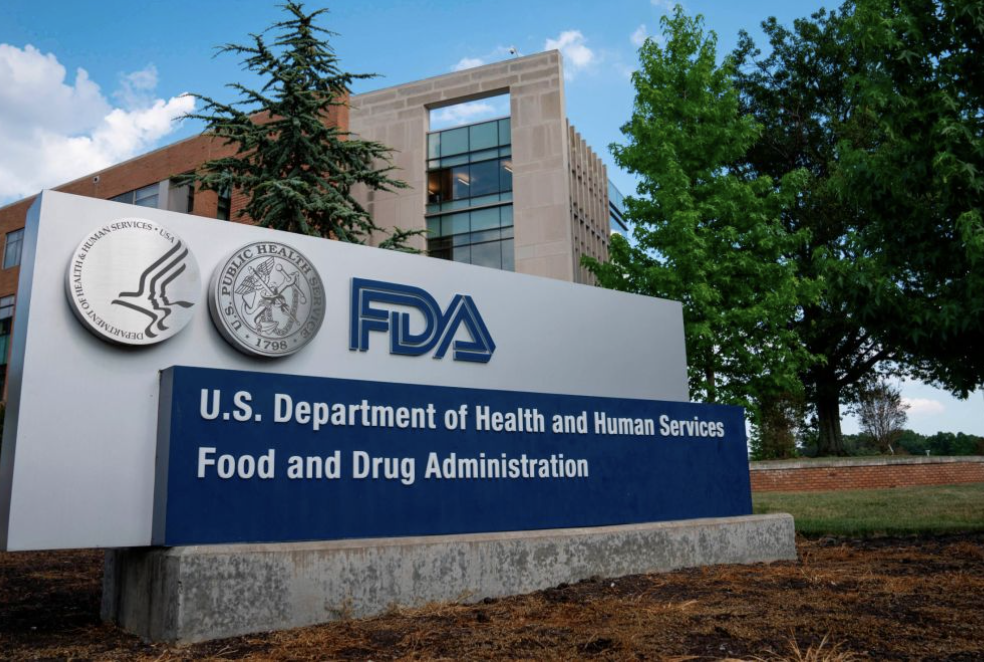FDA’s Regulatory Considerations for Human Cells, Tissues, and Cellular and Tissue-Based Products: Minimal Manipulation and Homologous Use

Studies have shown that implanted extracellular matrix scaffolds (such as processed amniotic fluid and placental tissue) with inductive niches can facilitate healing and differentiation of host cells, thereby enhancing regeneration of several cell and tissue types. These extracellular matrix scaffolds provide cells with “guidance cues” for directional migration and spacial organization resulting in versatile, adaptable and functional integration.

1. Skeletal Muscle Regeneration: “The presence of acetylcholine receptor (AChR) (α-BTX+) clusters on the neo-muscle fibers (desmin+), indicated that ECM-C promoted nerve migration and integration within neo-muscle fibers.”
2. Nerve Regeneration: “Statistically, the muscle fiber size of ECM-C neo-nerve groups was significantly larger than that of the control group.”
3. Vascular Regeneration: “Staining of the luminal surface of ECM-C neo-artery and native artery confirmed complete coverage by CD31 positive cells with cobblestone-like morphology and oriented parallel to the direction of blood flow.”
“Recruitment of endogenous cells for tissue formation, also called in-situ tissue regeneration, represents a promising strategy to restore the lost tissues.”

Acellular minimally manipulated tissue allografts are utilized to help treat a wide variety of conditions and are shown to help the body boost its ability to heal itself. The allografts help promote the body’s own healing process to assist in the reconstruction and regeneration of injured tissue. This can lead to an alleviation of pain, and a quick recovery.